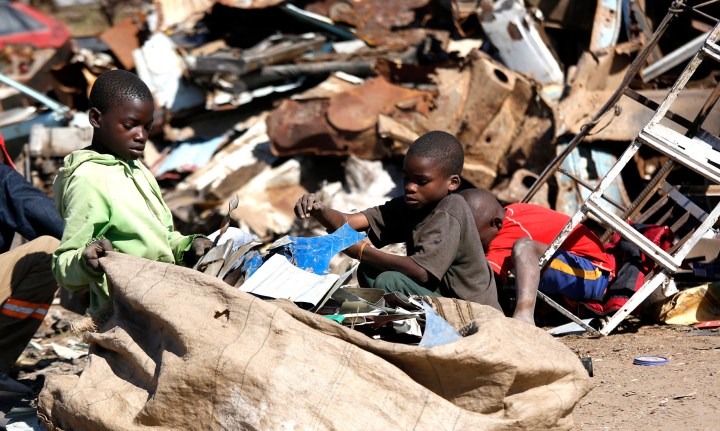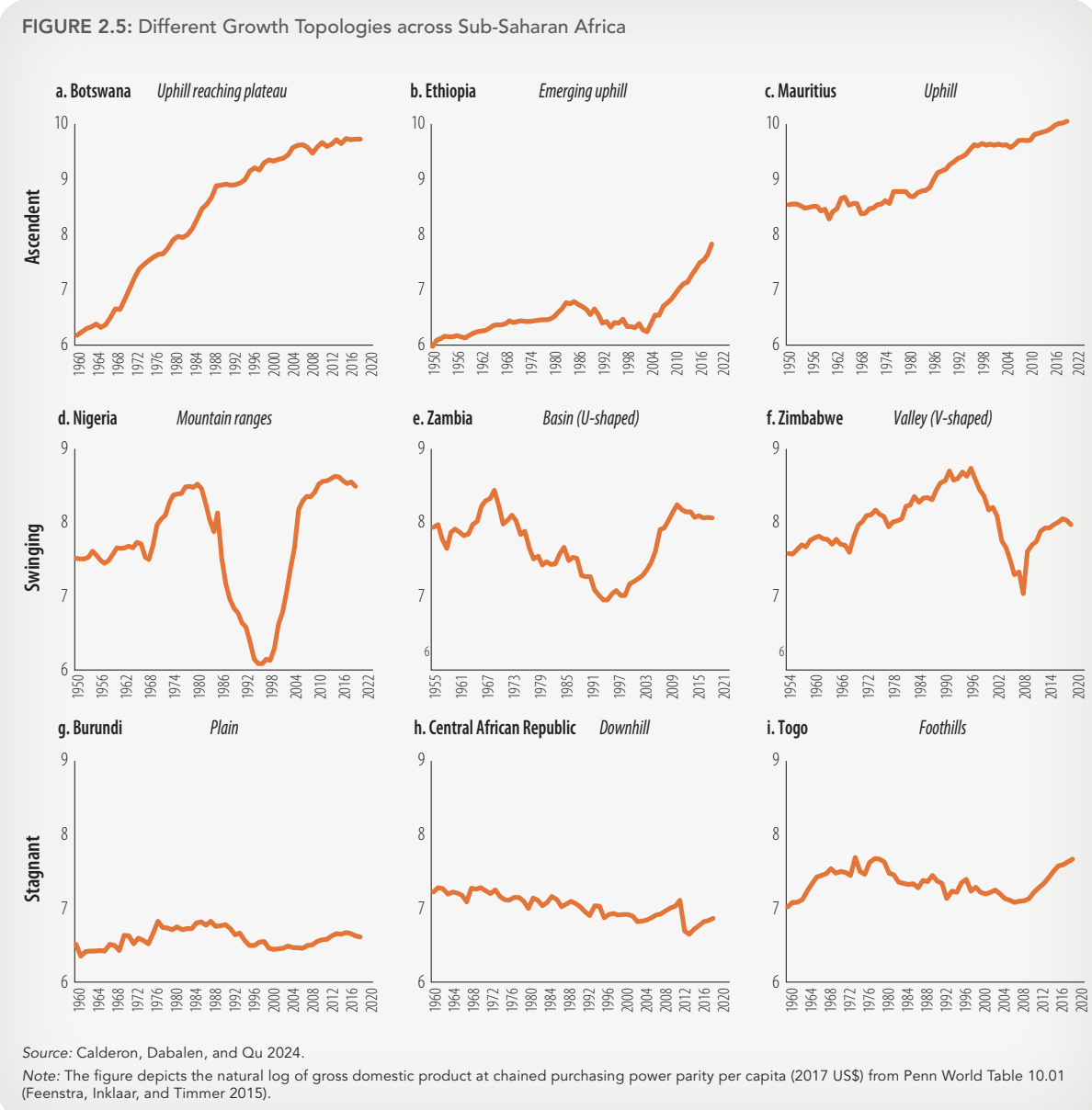PROSPERITY GAP ANALYSIS
World Bank points to worrying slowdown in Africa’s poverty reduction

In its biannual Africa’s Pulse report on the economic outlook for the continent, the World Bank flags a slowdown in the pace of poverty reduction compared with other regions. It suggests — not for the first time — that some Asian economies may show the way.
Africa’s prosperity gap with the rest of the world is widening, and faster rates of economic growth are not a panacea.
That is one of the key takeaways from the World Bank’s latest Africa’s Pulse report, which projects that the continent’s economic growth will pick up pace to 3.4% in 2024 from 2.6% last year.
“The pace of economic expansion in the region remains below the growth rate of the previous decade (2000-2014) and is insufficient to have a significant effect on poverty reduction. Moreover, due to multiple factors including structural inequality, economic growth reduces poverty in sub-Saharan Africa less than in other regions,” the Washington-based lender said.

Indeed, the slowing pace in the reduction of poverty is worrying.
“The speed of poverty reduction has decreased tremendously since 2014. The rate of reduction was 3.1 percent between 2010 and 2014, subsequently decreasing to 1.2 percent between 2014 and 2019. In contrast, the rest of the world reduced extreme poverty on average by 9.2 percent per year within the same time horizon, suggesting that the Africa region is falling further behind,” the report says.
“As growth slowed down between 2010 and 2019, the importance of addressing inequality as a means to reduce poverty rates across the region increased. In sub-Saharan Africa, gross domestic product (GDP) growth of 1 percent per capita is associated with poverty reduction of only 1 percent. In the rest of the world, this number is as high as 2.5 percent.”
This means that African economies need to grow at a faster rate than other regions to reduce poverty, in large part because of what the World Bank refers to as “structural inequality”.
This refers to “the extent to which differences in incomes across individuals are driven by the circumstances into which people are born and are beyond their control, as well as the result of market and institutional distortions, as opposed to differences in individuals’ talent or effort.
“Beyond increasing the rate of economic growth, growth also must become more efficient at reducing poverty,” the report notes.
Market-oriented reforms
Among other things, the World Bank suggests market-oriented reforms along the lines of those pursued by Vietnam and Bangladesh.
“Bangladesh and Vietnam are among the fastest growing economies in their respective regions that have also experienced periods of falling inequality and poverty. Market-oriented reforms in each of these countries helped to boost growth,” it says.
“In Vietnam, initial reforms included decentralised decision-making, price liberalisation, and replacement of central planning with market-based resource allocation. Trade and foreign exchange controls were lifted, setting the stage for the country’s reintegration into the global economy.”
Both countries have focused on attracting foreign direct investment through domestic market reforms — this would include things like slashing red tape — to promote labour-intensive manufacturing employment opportunities.
No doubt many are sweatshops that have poached relatively well-paying jobs from regions such as the Rust Belt in the US — a fertile breeding ground for the rise of Donald Trump — but poverty levels have been reduced significantly.
The two countries have also focused on the roots of structural inequality such as unequal access to education, with the help of NGOs. It’s not simply a reliance on the market’s invisible hand — visible state intervention is also required.
“The two countries’ development trajectories have been characterised by policy attention to building productive capacities, particularly investments that equalised access to health and education services. In Bangladesh, nongovernmental organisations joined the government in promoting social services to communities, resulting in remarkable progress in the country’s human development indicators,” the report says.
Women’s empowerment
Bangladesh has also brought millions of women into the workforce, providing them with economic empowerment.
And education seems to be key.
“The correlation between the level of education of a child and that of her parent is high in sub-Saharan Africa, second only to South Asia. This implies that structural inequalities today can worsen inequality tomorrow,” the report says.
This is hardly the first time that an Asian model of development has been compared with Africa’s trajectory, and it won’t be the past.
But the report does quantify in stark and data-driven terms how the reduction in poverty in Africa has dramatically slowed compared to other regions, and how economic growth — while crucial — alone won’t address the issue.
Africa has many other challenges, as noted in the report, including an exceptional vulnerability to climate change as well as conflict. But it surely helps to address the basics such as access to education and health. DM















 Become an Insider
Become an Insider
Comments - Please login in order to comment.